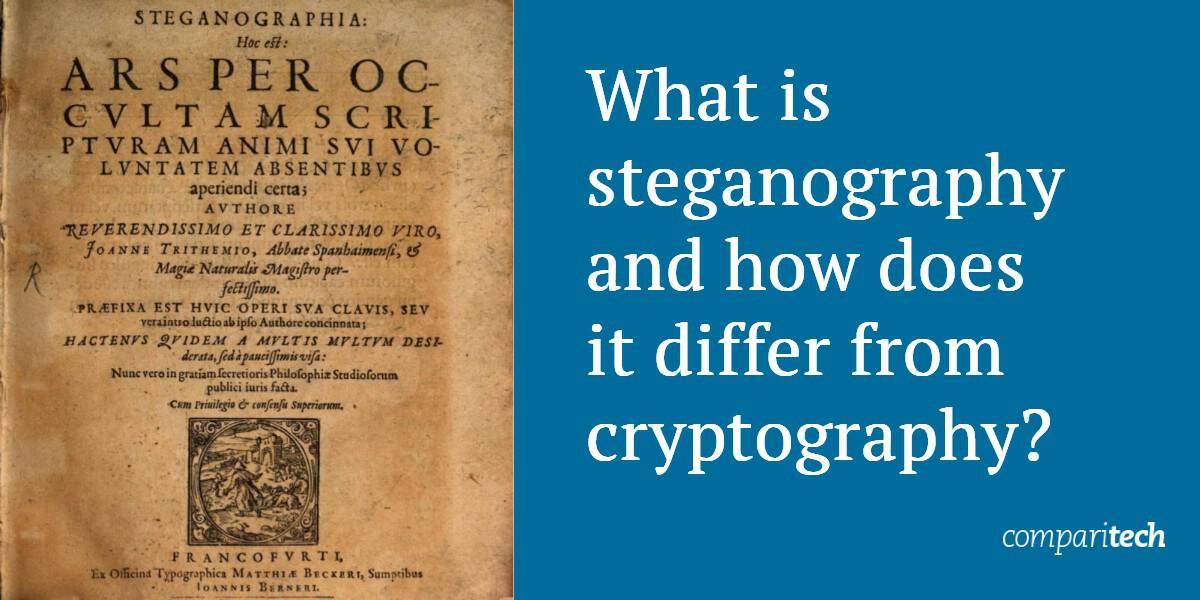131 private links
What we learned from the spy in your pocket.
The team password manager.
At the heart of decentralized systems today is a demoralizing irony. Vast resources---intellect, equipment, and energy---go into avoiding centralized control and creating "trustless" systems like Bitcoin. But hapless users then defeat the whole purpose of these systems by handing over their private keys to centralized entities like Coinbase.
Would it be nice if there were a truly decentralized system that could do the impossible? I.e.,
- Make key management easier for ordinary users.
- Manage secret keys for transparent objects without secret state, like smart contracts.
- Operate seamlessly when nodes come and go.
I am not going to discuss why you need strong passwords. It is an open secret that strong passwords keep you relatively safer.
Generating strong passwords is something you can do on your own but putting all the combination of lower and upper cases, numbers, symbols can be a tiresome work.
But you need not worry. Linux has got you covered. We’ll see 5 best password generators for Linux that will ease the task for you.
Password management belongs to the command line, deep into the Unix heartland, the shell. Titan is written in C and is available under the MIT license.
Hard disk encryption tool; it stores all setup information in the partition header, enabling easy data transport or migration.
Encrypted filesystem in user-space based on FUSE; mounts an encrypted directory into a clear one.
A robust and efficient password cracking tool that can help you recover lost passwords, audit password security, benchmark, or just figure out what data is stored in a hash.
An Ash module that makes it easy to perform aes-256-cbc encryption for files and directories.
A tiny utility for chrooting into an installed Linux system.
Locally mount a remote file-system through SSH and access files and directory as they would be on the local machine.
"An open source tool that lets you securely and anonymously share a file of any size."
Steganography is the study and practice of concealing communication. It plays a different role to cryptography, with its own unique applications and strengths.

Password management should be simple and follow Unix philosophy. With pass, each password lives inside of a gpg encrypted file whose filename is the title of the website or resource that requires the password. These encrypted files may be organized into meaningful folder hierarchies, copied from computer to computer, and, in general, manipulated using standard command line file management utilities.
In order to use a GnuPG key on a smartcard or Yubikey, a GnuPG key needs to be created. This post will show you how to create a GnuPG key with sub-keys for signing, encryption and authentication. The authentication key can be used later on to authenticate via ssh as well.
Why break into a company’s network when you can just walk right in — literally? Gone could be the days of having to find a zero-day vulnerability in a target’s website, or having to scramble for breached usernames and passwords to break through a company’s login pages. And certain…
Tutanota is the secure email service, built in Germany. Use encrypted emails on all devices with our open source email client, mobile apps & desktop clients.
usbrip (inherited from "USB Ripper", not "USB R.I.P.") is an open source forensics tool with CLI interface that lets you keep track of USB device artifacts (i.e., USB event history) on Linux machines.
usbrip is a small piece of software written in pure Python 3 (using some external modules, see Dependencies/pip) which analyzes Linux log data (journalctl output or /var/log/syslog* and /var/log/messages* files, depending on the distro) for constructing USB event history tables. Such tables may contain the following columns: "Connected" (date & time), "Host", "VID" (vendor ID), "PID" (product ID), "Product", "Manufacturer", "Serial Number", "Port" and "Disconnected" (date & time).
